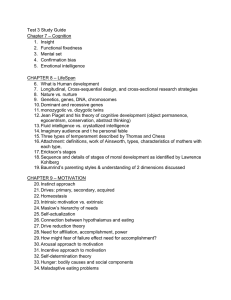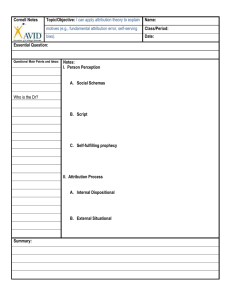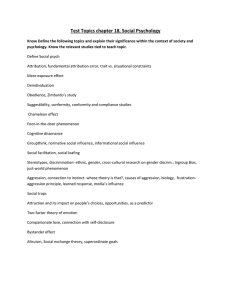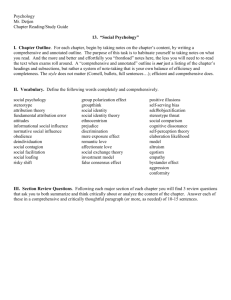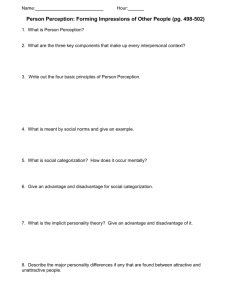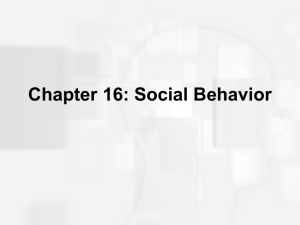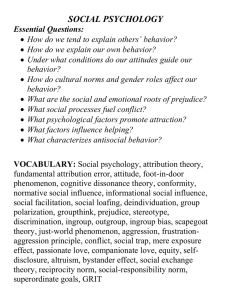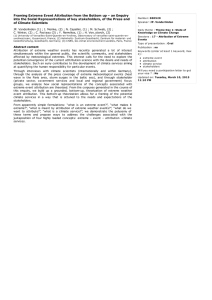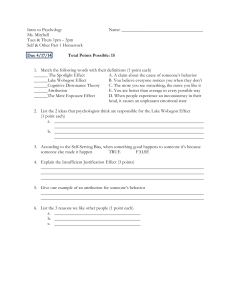Exam 3 Study Guide CHAPTER 8 – LifeSpan What is Human
advertisement
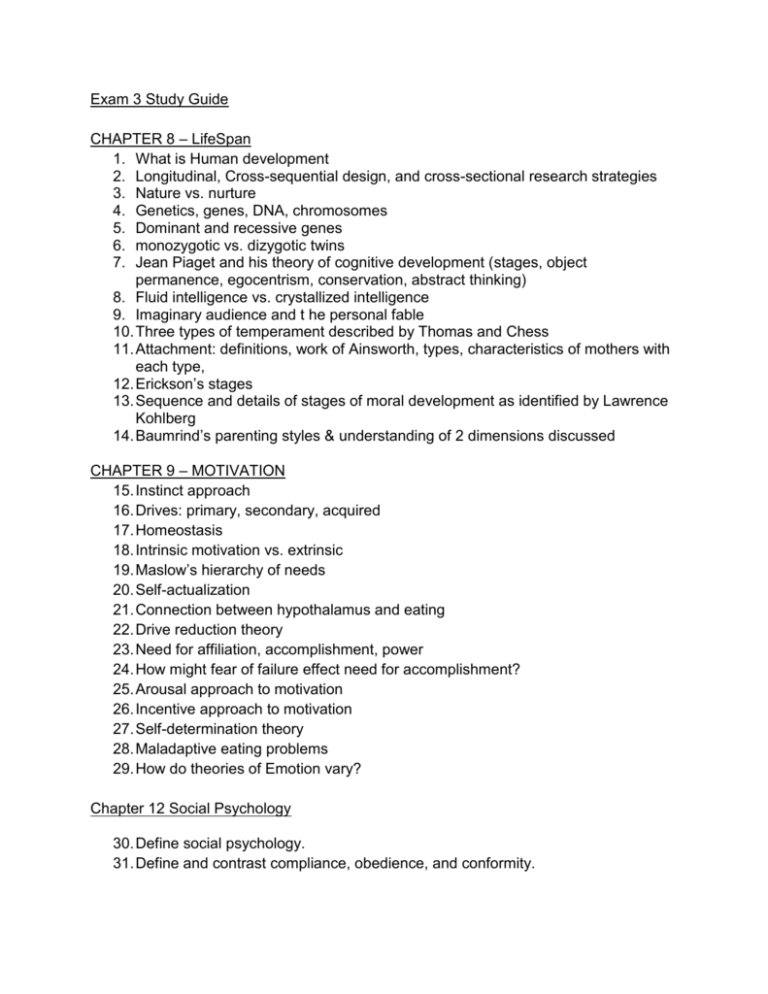
Exam 3 Study Guide CHAPTER 8 – LifeSpan 1. What is Human development 2. Longitudinal, Cross-sequential design, and cross-sectional research strategies 3. Nature vs. nurture 4. Genetics, genes, DNA, chromosomes 5. Dominant and recessive genes 6. monozygotic vs. dizygotic twins 7. Jean Piaget and his theory of cognitive development (stages, object permanence, egocentrism, conservation, abstract thinking) 8. Fluid intelligence vs. crystallized intelligence 9. Imaginary audience and t he personal fable 10. Three types of temperament described by Thomas and Chess 11. Attachment: definitions, work of Ainsworth, types, characteristics of mothers with each type, 12. Erickson’s stages 13. Sequence and details of stages of moral development as identified by Lawrence Kohlberg 14. Baumrind’s parenting styles & understanding of 2 dimensions discussed CHAPTER 9 – MOTIVATION 15. Instinct approach 16. Drives: primary, secondary, acquired 17. Homeostasis 18. Intrinsic motivation vs. extrinsic 19. Maslow’s hierarchy of needs 20. Self-actualization 21. Connection between hypothalamus and eating 22. Drive reduction theory 23. Need for affiliation, accomplishment, power 24. How might fear of failure effect need for accomplishment? 25. Arousal approach to motivation 26. Incentive approach to motivation 27. Self-determination theory 28. Maladaptive eating problems 29. How do theories of Emotion vary? Chapter 12 Social Psychology 30. Define social psychology. 31. Define and contrast compliance, obedience, and conformity. 32. Be aware of the compliance techniques discussed in the book and in class (footin-the-door, low ball, etc.) 33. Norm of reciprocity 34. Be familiar with Solomon Asch’s and Stanley Milgram’s studies. 35. What is Social Facilitation and social loafing? 36. Define attitudes and understand how they develop. Also, be aware of the 3 components of attitudes. 37. What is Groupthink? 38. Define cognitive dissonance. 39. Define stereotype and stereotype vulnerability 40. Social identity theory 41. Define attribution, situational attribution, dispositional attribution, and fundamental attribution theory. 42. Define prejudice and discrimination. 43. Define self fulfilling prophesy. 44. What helps overcome prejudice? 45. Why are we attracted to people (proximity, similarity, etc.) 46. What are the 3 components of love? What is companionate love? 47. Define altruism, bystander effect and diffusion of responsibility.
